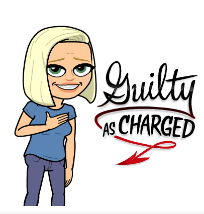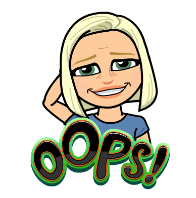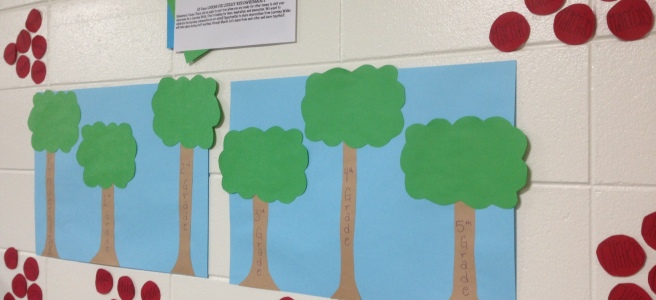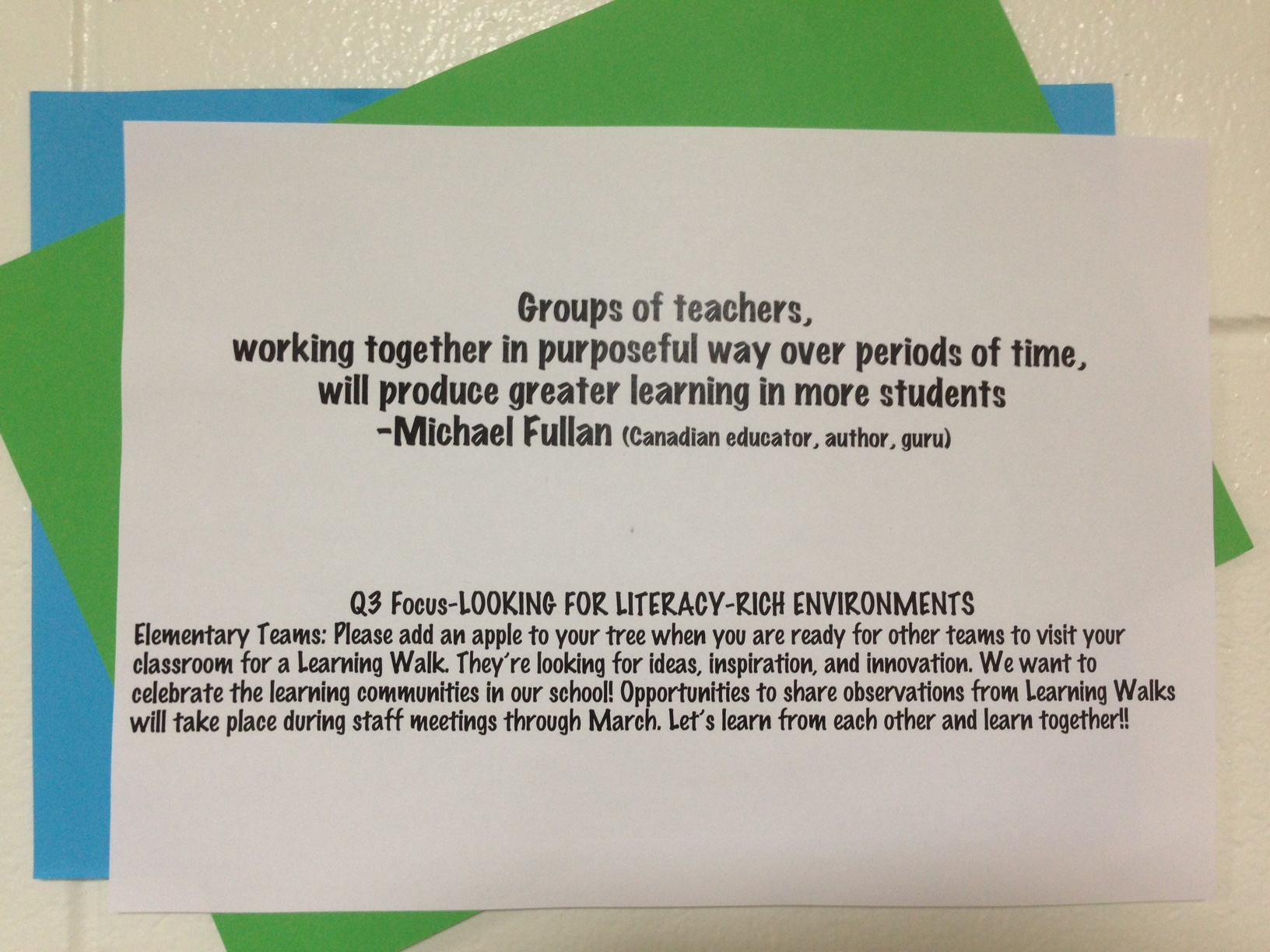Four and a half years ago, I started a journey towards a Doctorate of Education in K-12 Leadership. At the time I was immersed in the world of standards-based learning: what it looked like, what it didn’t look like, and how to get there as painlessly as possible. It was all the rage. Elementary and middle school teachers were diving in and making good attempts at shifting their thinking. High school teachers were hesitant. I really wanted to research why some high school teachers were risk-averse to change and what leaders could do to help move toward implementing this initiative and others.

My final study was published three months ago. It’s already obsolete, well at least my purpose for writing it is. In these past three months, I have learned more about learning, and what is essential, than I had in all my years as a learner, a teacher, a leader, and a researcher. The current pandemic has given me a new perspective, a better understanding, and a new imperative towards essential learning and skills.
In fact, through the following story, I hope that my vision is clear.

The Background
I found a new hobby this summer: hiking. Even though I have spent the last 8 summers at our home in the Rocky Mountains, I never really wanted to walk up and down steep mountains for fun. However, I needed to find my fitness again; it’s been a while since I was regularly active. My husband, Shane, offered to hike with me at first. I said no. I wanted to do this on my own. I needed to do this on my own. I started slow and easy. I took breaks as often as I needed. I didn’t challenge myself too far; I stayed on familiar trails and terrain. It was my church and my meditation time. It was quiet.
After a few weeks, I could tell I was ready for something new and challenging. I was also ready for a partner to help challenge me, lead me, invite me to set our pace, try new trails. It was on one of these hikes, with Shane, that I started to relate our journey to what I was thinking about learning. Today, though, I took to the trail alone. I hope I never look back.
The Hike
As the sun shone through my bedroom window this morning, I stretched and started wondering,
Where will I go today? What am I up for? A short hike or a long hike? A challenging trail with rough, steep terrain or a meandering switchback through the sagebrush? Where will I go today?
I was excited to see what I could accomplish in the next few hours.
I chose a 4.5-mile moderate hike (95 minutes) with plenty of flat space for light jogging- this is where I am trying to challenge myself. I’ve done it once before but going the opposite way. I chose a solo journey today. I wanted to wrap my head around this new thinking about learning on my own. Shane isn’t quite as geeky about learning as I am (especially during summer vacation).
I first read the trailhead marker. I like to know where I am and where I am going. I started slowly to warm up my legs, my lungs, my brain. I picked up my pace as the trail became less rocky, smoother, more level. Then I started jogging. At the point that I knew the trail was beginning to incline and I would have to slow down, I chose a landmark that would be my “finish line” for jogging. I had to make it to that landmark, though. That was my short goal. I celebrated by looking back toward what I had just accomplished and looked at the scenery around me.

As I continued the hike up, I recognized the moment I needed a break. I had been moving along at a good pace for quite some time, but I wasn’t challenging myself as much as I could be. I needed to stop, refresh my body, redirect my brain, breathe, and set a new short goal. I will jog to that group of trees up there in the distance. I can do this. My stamina and grit are back.
Once I made it to my next “finish line” I noticed something ahead. A pile of bones.
What type of animal bones are these? What killed this animal? How long have these bones been here? What other animals live in these mountains? Are they watching me right now?
So many questions. I was excited to do some research and find out some of the answers to my questions.
I also noticed life around me. Flowers beside the trail. How did these get here? There weren’t any other flowers nearby. Look at how different they are; how beautiful they are.
A crossroads is ahead. Three trails to choose from. Which way shall I go? It is my choice; and I know that each choice will get me to my final destination. Having this choice is empowering and exciting.

The journey to the top is worth it. I struggled to get up here, but look where I ended up. If I hadn’t challenged myself, I wouldn’t have seen this. The hardest part is over. As they say, it’s all downhill from here.

Even though the hardest part is over, my journey back down the trail must still be my best effort. I still set short goals. I still kept my heart rate up. I did not get lazy. I reminded myself of all I learned and what was worth remembering. I revised my thinking for my next hike.
My celebration came when I crossed my final finish line. There was someone waiting for me. They were proud of my effort.
How’d you do? How’d it feel? What was the best part? What was most challenging? What are you thinking for your next journey?
From the Trail to the Classroom
How can you use the hiking experience to focus on essential learning and skills, motivate students, and keep them on the right path of essential learning?
The hiking experience in 7 easy steps
- Set the trail: where are you going and how are you getting there?
- Choose a solo or partner journey: some people need a buddy. Someone to mix the social and academic aspects together. Someone to lead the way. Someone to challenge them. Someone who will slow them down when needed. Some people need to “go it alone.” Sometimes we might change our minds in the middle of our journey and wish we had chosen differently.
- Set short goals along the way: to keep motivation high and continue to move forward. Small wins get you to a huge victory!
- Take useful breaks: Use this time to recharge, reset, redirect. Then get back at it!
- Be curious along the way: What do you notice and wonder as you move toward your goal? What new learning are you thinking about? What did you learn that you didn’t know before?
- Don’t ease up on the downhill: The hardest part may be behind you, but you aren’t at the finish line yet. Keep giving your best effort.
- Celebrate the journey: Have a “cheerleader” meet you at the end. Reflect and be proud of this hard work. Plan for your next journey.

We have a moment, right now, to take a break and reset our thinking about learning. What is really important for students to know and be able to do? How will you be their guide during this year’s journey? What choices will students get to make about their path? What questions will they get to ask and answer that will take them further, deeper into the forest of understanding? How will you get students excited to wake up in the morning as wonder…
“Where will I go today?”


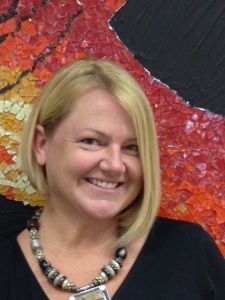







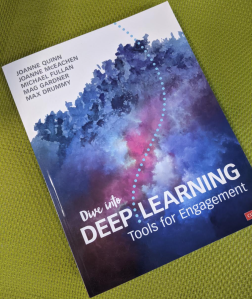













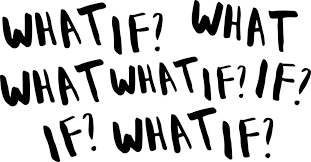













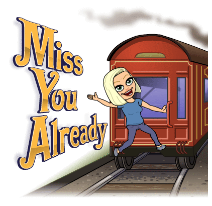
 A few examples of my failures at leaving over the years…
A few examples of my failures at leaving over the years… University– I left at the end of my second year. I was meant to take a gap year (or 3). Once I completely wasted my parents’ money on 2 years of not going to class, I burned every friendship and loaded my car with junk that I would eventually toss out. Hurting people I had grown to love seemed to be the best option for me. No one was sorry to see me go. Therefore, no one made me feel guilty for leaving.
University– I left at the end of my second year. I was meant to take a gap year (or 3). Once I completely wasted my parents’ money on 2 years of not going to class, I burned every friendship and loaded my car with junk that I would eventually toss out. Hurting people I had grown to love seemed to be the best option for me. No one was sorry to see me go. Therefore, no one made me feel guilty for leaving.
